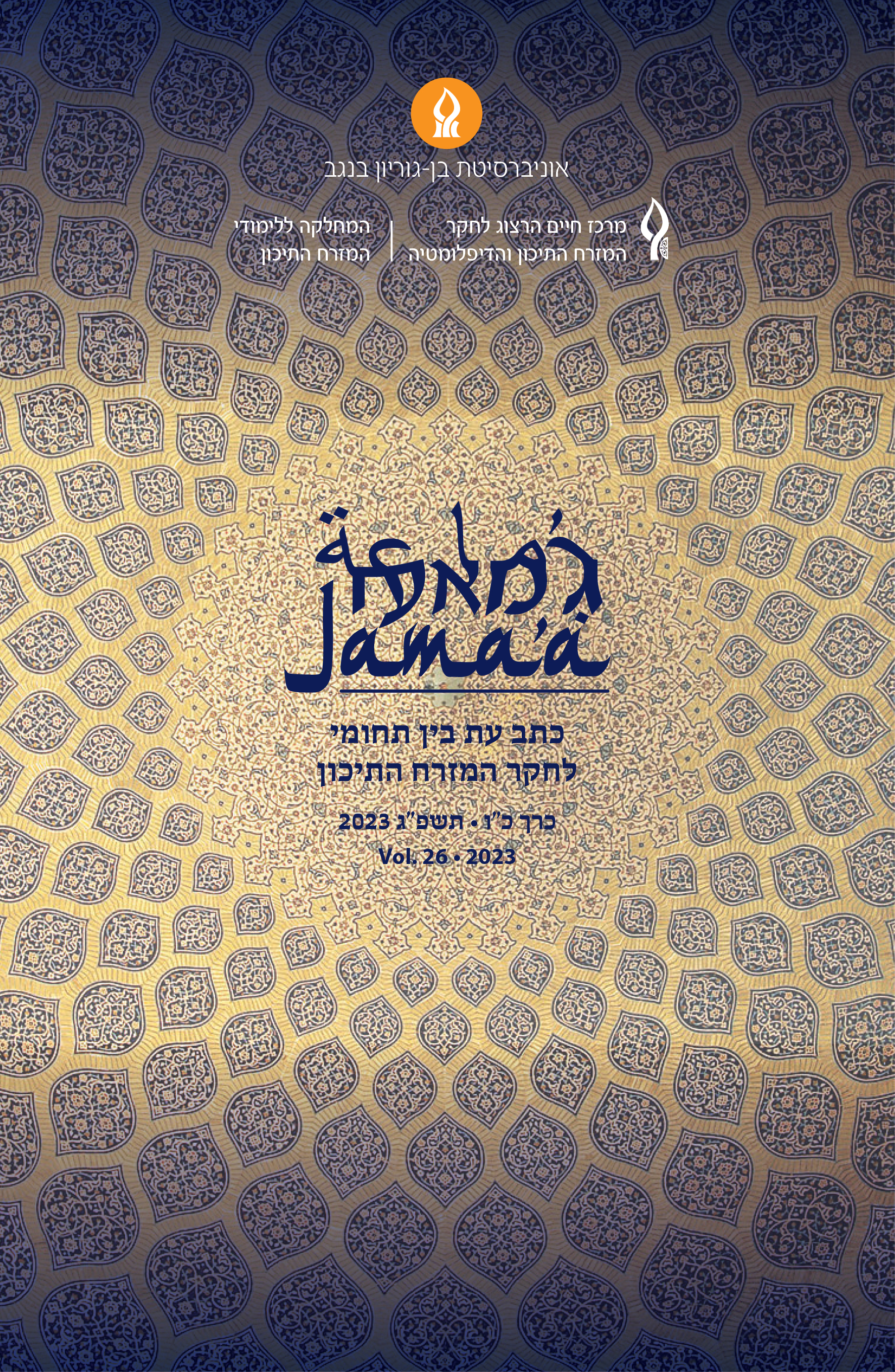صلاح الدين
مصادر من العصور الوسطى وأساطير حديثة
DOI:
https://doi.org/10.64166/rfcqbp40الملخص
بعد انتصاره على الصليبيين عام 1187 ، أصبح صلاح الدين بطلا أسطوريا محبوبا في الشرقوالغرب هويته المركبة - كماشكلتهاالذاكرة الجماعية لمجموعات مختلفة - كمسلم مخلصللجهاد و/ أو محارب للحكم الاستعماري من ناحية، وكحاكم سخي، رحيم ومتسامح من ناحيةأخرى، كانت ملهمة لأيديولوجيات متنوعة. يستعرض هذا المقال بإيجاز شخصيته في أدبالعصور الوسطى والأدب العربي، ويتوسع في تمثيلها في الفولكلور والتاريخ الوطنيينالفلسطينيين، وفي التاريخ وصحافة الرأي العبريين. صلاح الدين الفلسطيني ليس محرر اللوطن فحسب، بل إنه أيضا مؤسس أماكن مقدسة وسلسلة من حالات الحج الاحتفالات الشعبية)المواسم( التي كان الغرض منها، على ما يبدو، منع حملة صليبية أخرى. في الجانب اليهودي،نجد صلاح الدين شبيها لحكام العصر الذهبي الأندلسي، وعصر كورش أيضا، الملك الذي أتاحعودة اليهود إلى القدس واستمرار سكنهم في فلسطين )أرض إسرائيل(. ترمز شخصيته منناحية إلى استمرار التهديد بالإبادة الذي يشكله زعيم ذو كاريزما، وإلى الأمل في تجديد التعاوناليهودي الإسلامي على حد سواء من ناحية أخرى.
منهجيا، يحاجج هذا المقال أن بحثا شاملا يتناول الأساطير التاريخية يتطلب العودةإلى المصادر الأؤلية المبكرة، كتلك التي تمكن من التمييز بين أسطورة تحيي ذكرى حدث تاريخي أو شخصية تاريخية حفظت فني الذاكرة الجماعية لأجيال، وأسطورة تم اختراعها لتشكل بديلا للشخصيات والأحداث المطموسة عمدا. هاتان الظاهرتان تتطلبان شرحا.
المراجع
التنزيلات
منشور
إصدار
القسم
الرخصة
الحقوق الفكرية (c) 2023 Jama'a: an Interdisciplinary Journal of Middle East Studies

هذا العمل مرخص بموجب Creative Commons Attribution-NonCommercial 4.0 International License.





